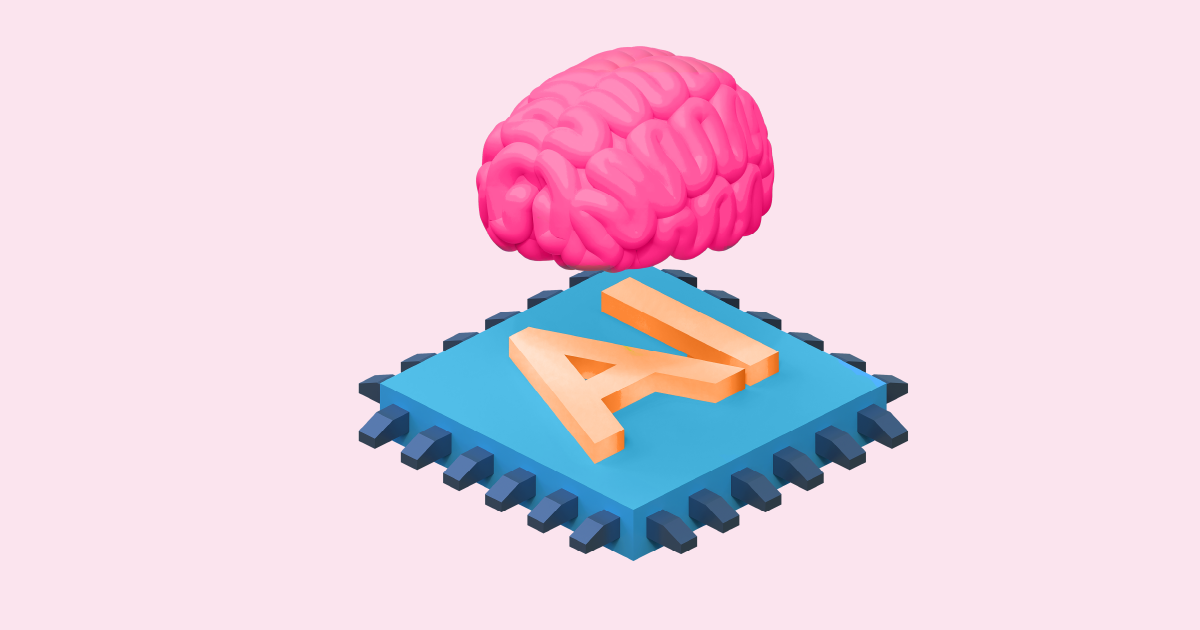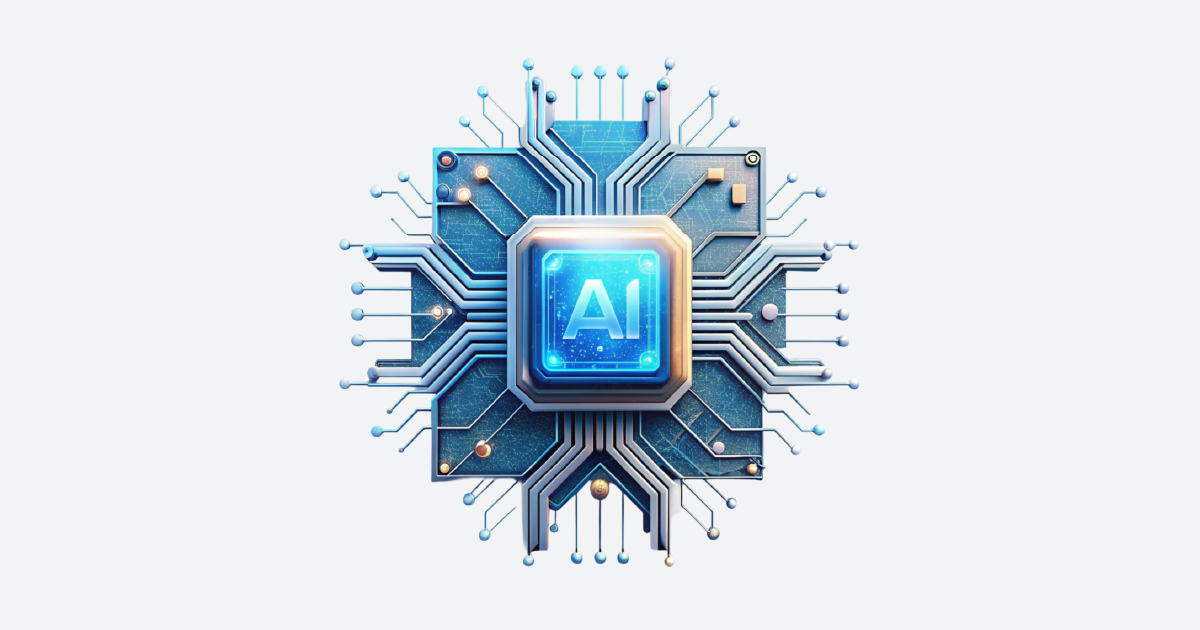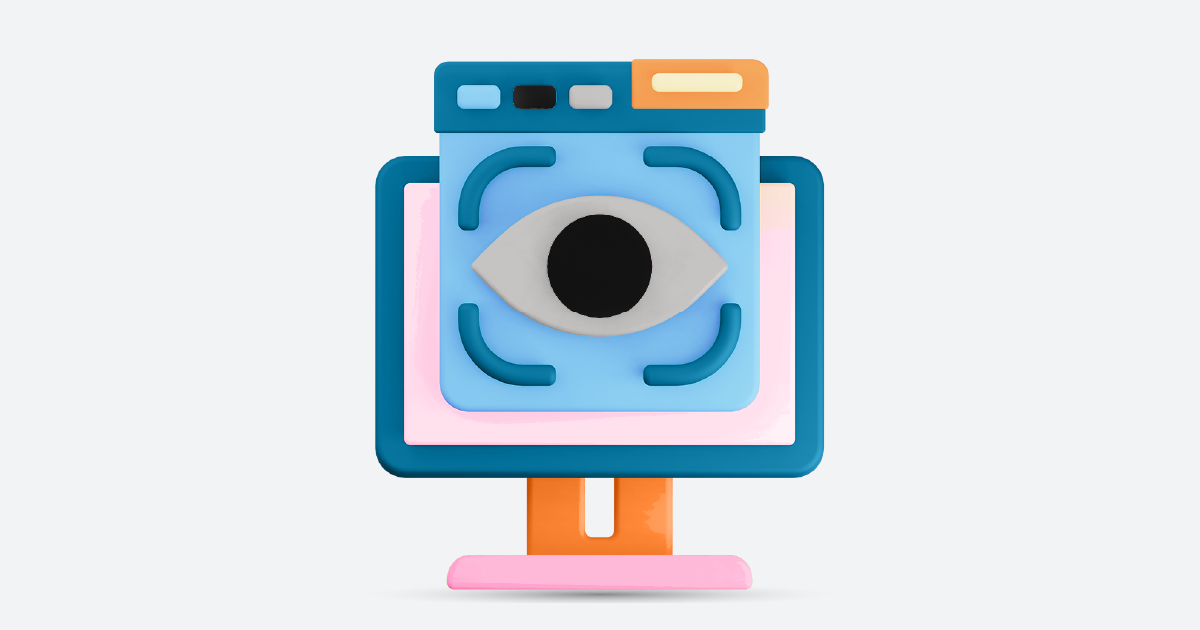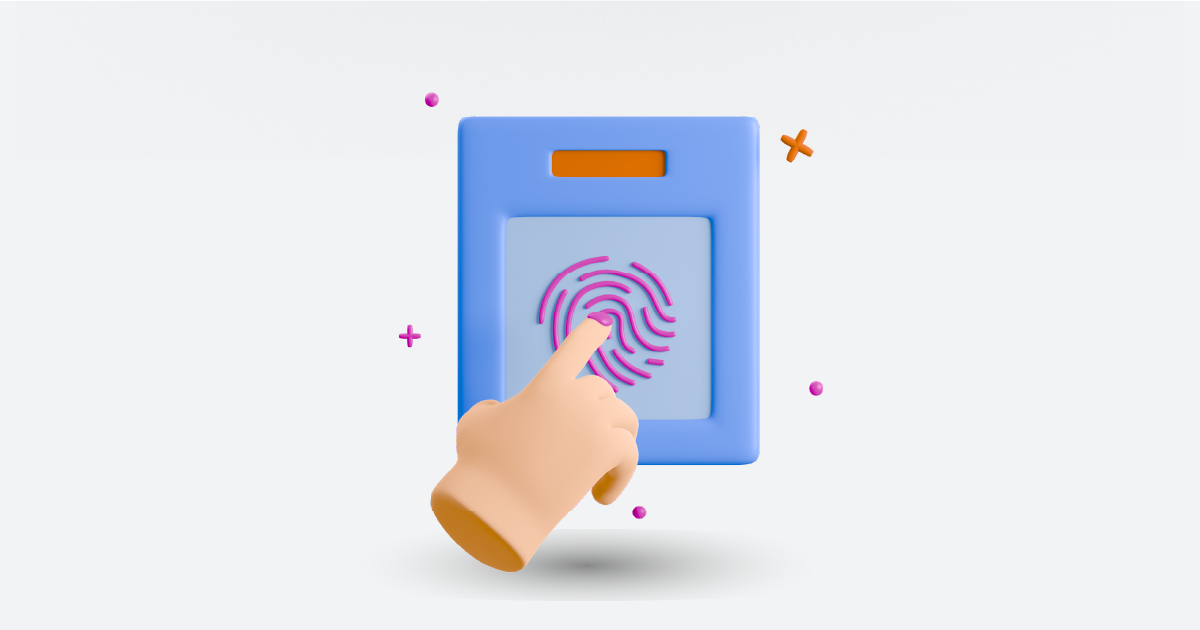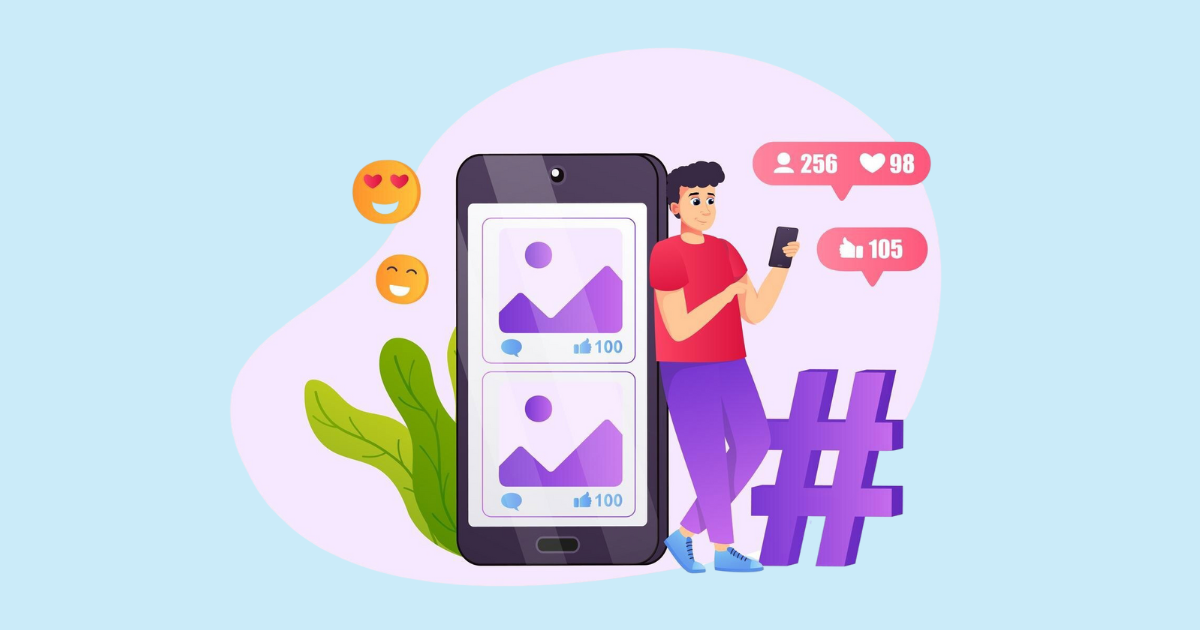In today’s digital era, visual content has taken center stage. From social media posts and online videos to advertisements and news reports, images and videos influence how we perceive and interact with information. But how do businesses, researchers, and analysts make sense of this flood of visual content? This is where visual content analysis comes in.
What is Visual Content Analysis?
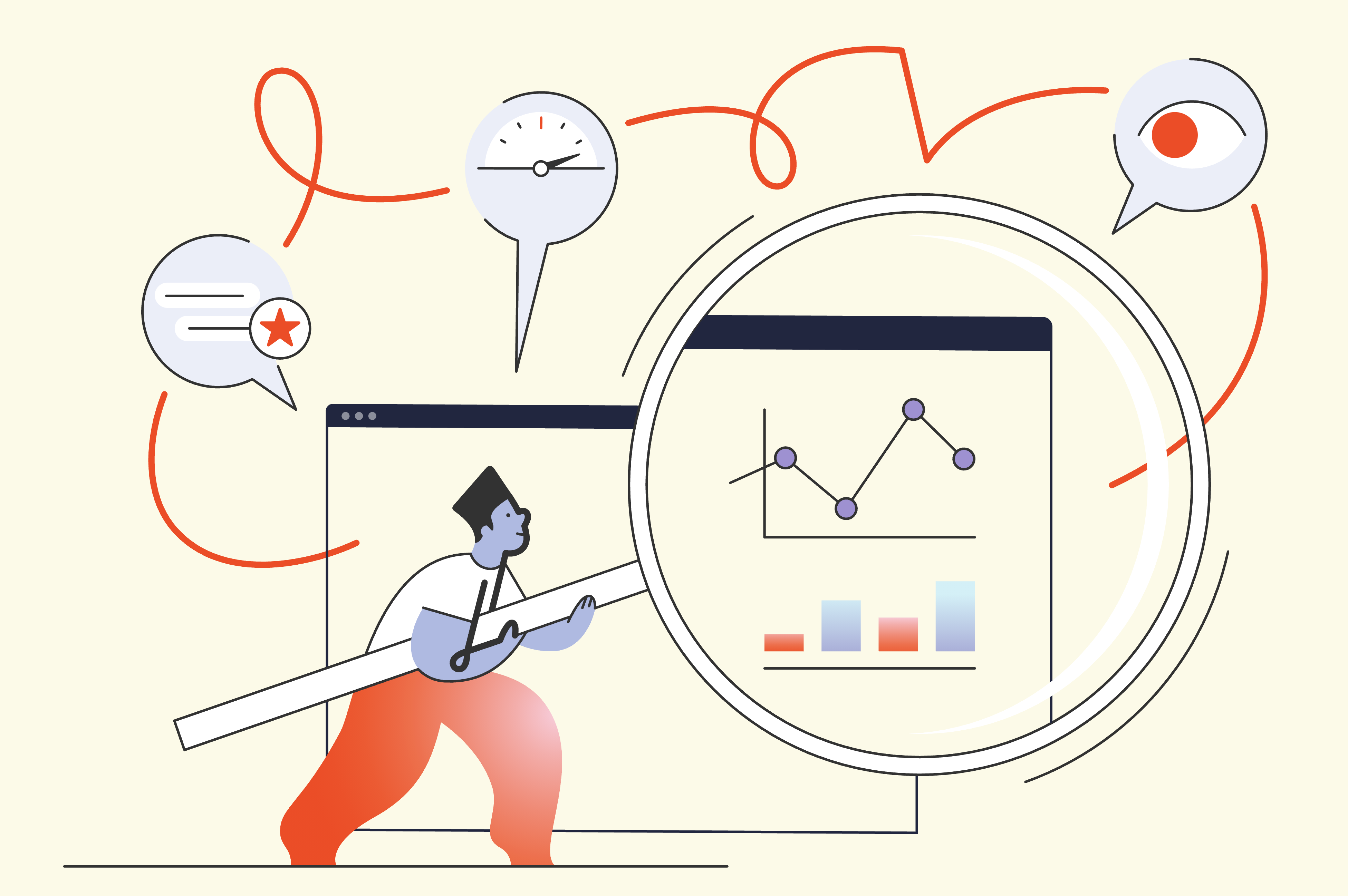
Visual content analysis is the process of examining images, videos, and other visual media to extract meaningful insights. It involves identifying patterns, detecting objects, analyzing emotions, and understanding the context within visual data. This technique is widely used in marketing, social media monitoring, journalism, artificial intelligence, and security.
Why is Visual Content Analysis Important?
- Enhances Decision-Making – Businesses can use visual insights to tailor marketing strategies, predict trends, and understand audience engagement.
- Improves Security & Surveillance – AI-powered image recognition helps detect threats, monitor activities, and enhance public safety.
- Boosts Brand Monitoring – Companies track how their logos and products appear across digital platforms.
- Refines Social Media Analytics – Understanding visual trends on social media helps brands create content that resonates with their audience.
Key Techniques in Visual Content Analysis
- Image Recognition & Object Detection
- Uses AI to identify objects, logos, and even people within images.
- Common in facial recognition, product tracking, and autonomous vehicles.
- Sentiment Analysis in Visuals
- Detects emotions in facial expressions and body language.
- Brands use it to measure audience reactions to advertisements.
- Color and Composition Analysis
- Analyzes color schemes, shapes, and visual aesthetics.
- Helps businesses optimize designs for better engagement.
- Video Content Analysis
- Extracts key moments, transcribes speech, and detects motion patterns.
- Used in sports analysis, security surveillance, and media indexing.
- Contextual Analysis
- Examines the environment, background, and text within visuals.
- Critical for fake news detection and digital forensics.
Applications
1. Marketing & Advertising
Brands analyze consumer-generated images and videos to refine advertising strategies. For example, Coca-Cola uses AI to track how its logo appears in social media photos.
2. Social Media Monitoring
Companies use AI to analyze memes, videos, and user-generated content, providing insights into brand perception and audience engagement.
3. Healthcare & Medical Imaging
AI-powered image analysis helps detect diseases from medical scans, assisting in early diagnosis and treatment.
4. Security & Law Enforcement
Facial recognition and motion detection enhance security, helping authorities identify suspects and prevent crime.
5. E-commerce & Retail
Retailers use visual search technology, enabling customers to find products using images instead of text-based searches.
Future Trends
- AI-Powered Visual Intelligence – Advanced machine learning models will improve accuracy in detecting emotions, objects, and context.
- Deepfake Detection – Tools will emerge to identify and combat manipulated visual content.
- Real-Time Video Analytics – Businesses will gain instant insights from live-streaming events and customer interactions.
- Augmented Reality (AR) & Virtual Reality (VR) Integration – AI-driven visual analysis will enhance immersive experiences in gaming, e-commerce, and training simulations.
Conclusion
Visual content analysis is revolutionizing the way we interact with digital media. From marketing and social media monitoring to security and healthcare, this technology is shaping industries and driving innovation.
Looking to leverage AI-driven visual content analysis for your business? Request a demo from AIM Technologies and discover how cutting-edge analytics can transform your strategy!
